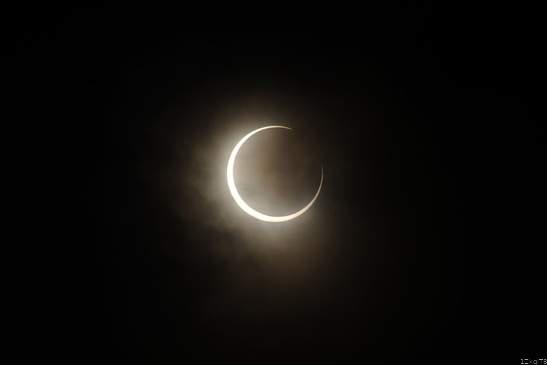At 4:39 p.m. local time tomorrow, July 2, fish of the south Pacific and some lucky people in southern Chile and Argentina will be plunged into rare afternoon darkness.
It will be the first total solar eclipse since August 21, 2017, and the only only celestial event of its kind in 2019.
During a total solar eclipse, the moon passes between Earth and the sun, casting a small, dark shadow on our planet. For those watching on Earth, the moon appears to cover the sun, with a ring of the sun’s light surrounding the moon. Looking directly at that light requires special glasses to protect the eyes from the sun’s brightness.
The eclipse’s path of totality — in which the sun is fully blocked from view by the moon — is an ample length of 6,000 miles, though most of that is over the Pacific Ocean and a narrow band of Chile and Argentina.
Viewers in South America will experience totality for about 2.5 minutes. Totality will last the longest over a remote part of the Pacific Ocean west of South America, where the sun will go dark for 4 minutes and 32 seconds.
The next total solar eclipse will happen less than 18 months after this one. On December 14, 2020 another total eclipse will travel over Chile and Argentina.
NASA will livestream the total eclipse Tuesday.

